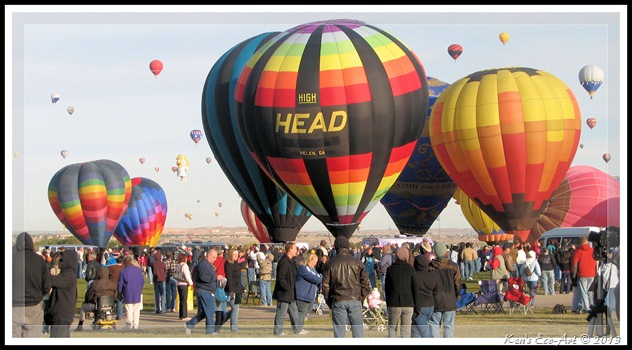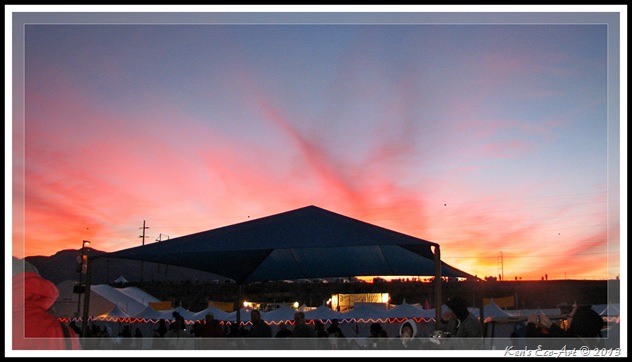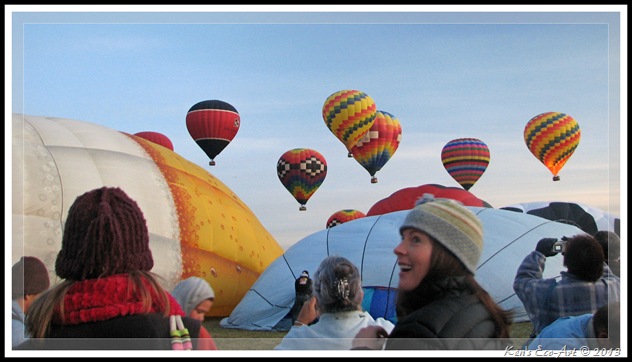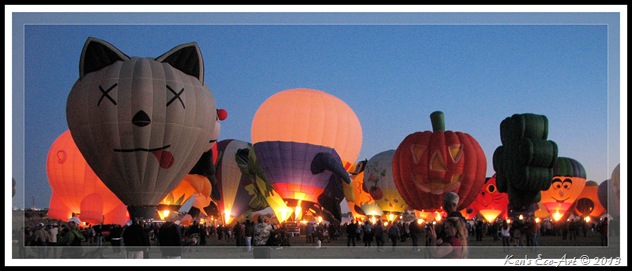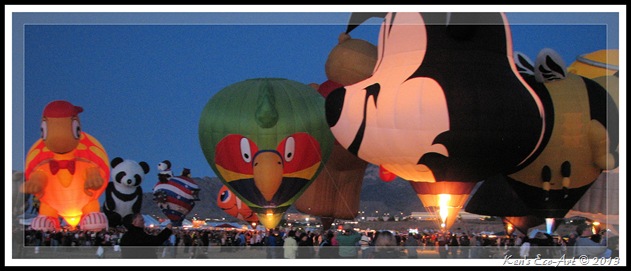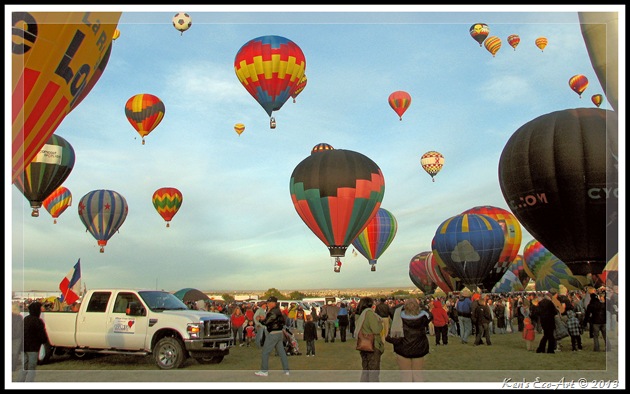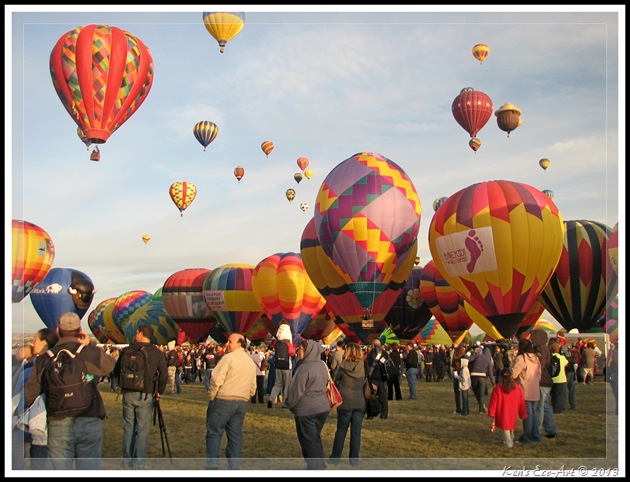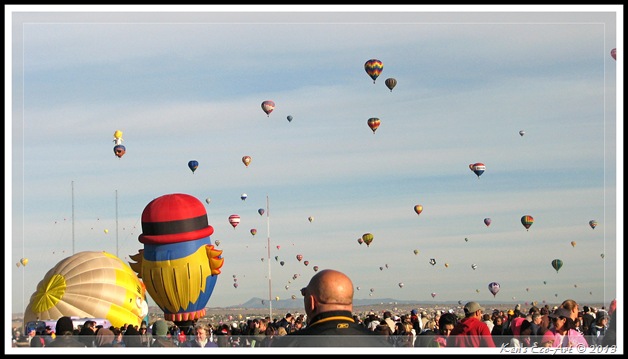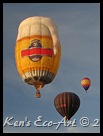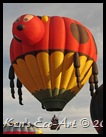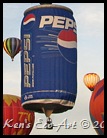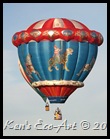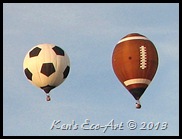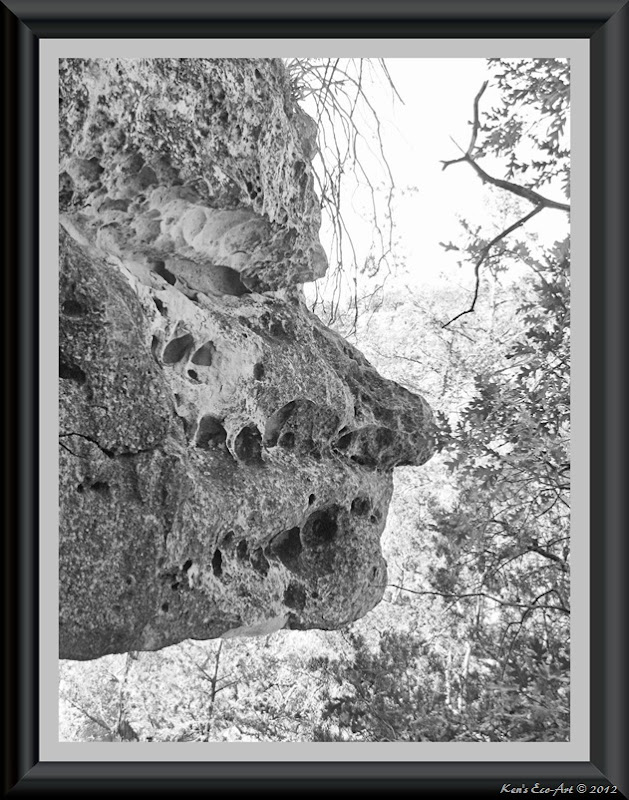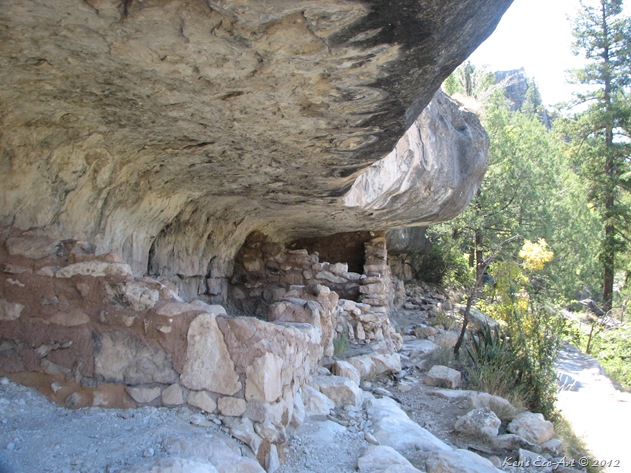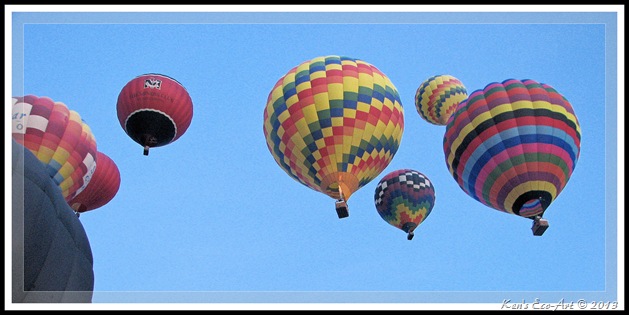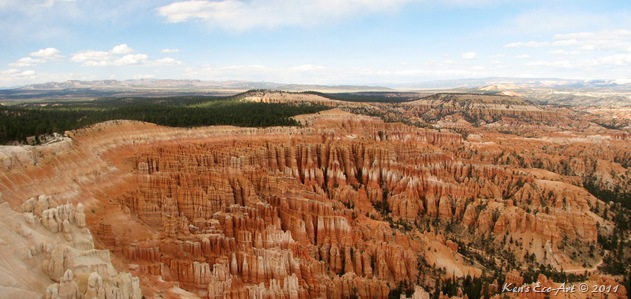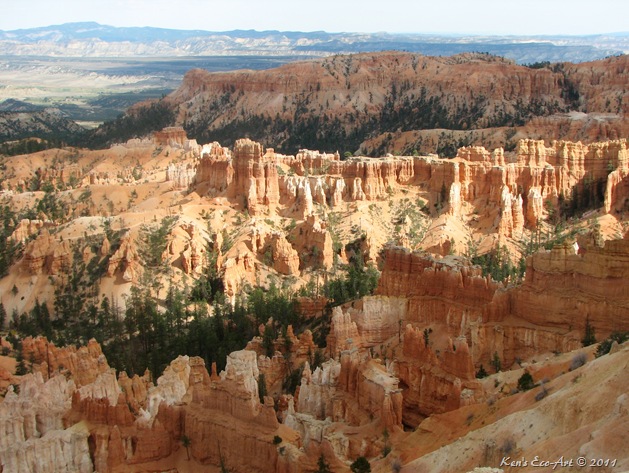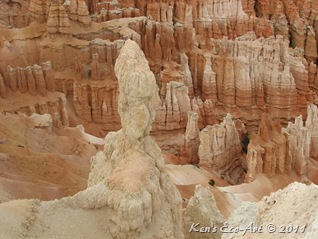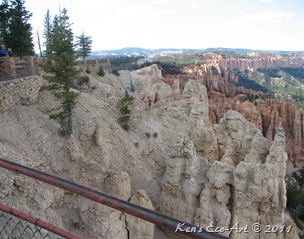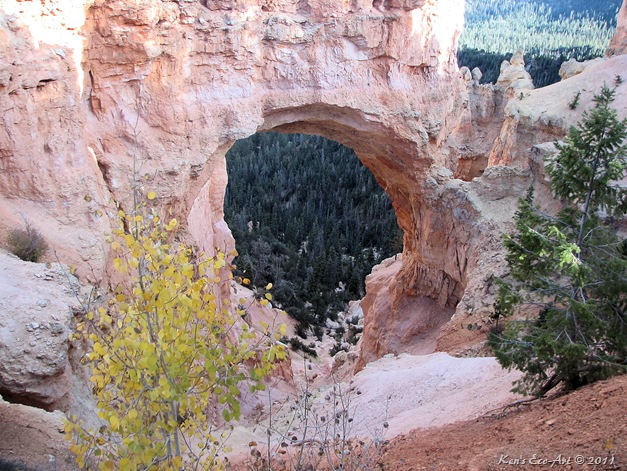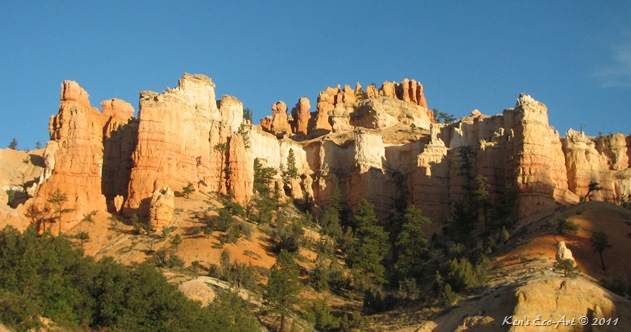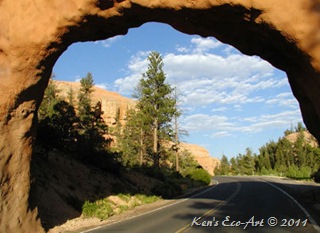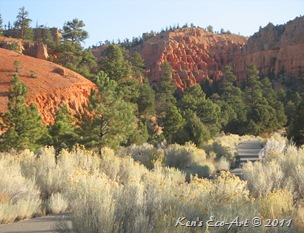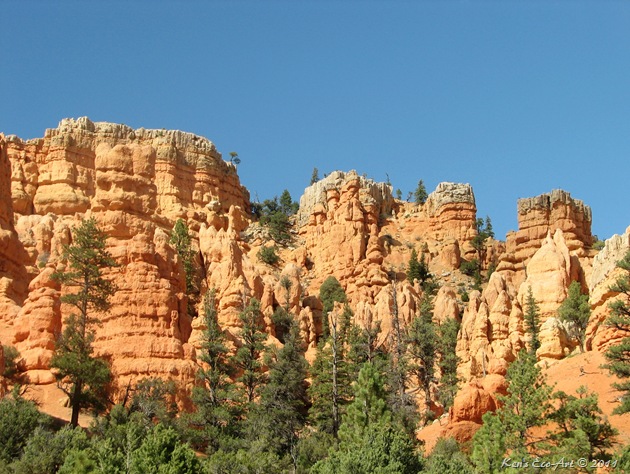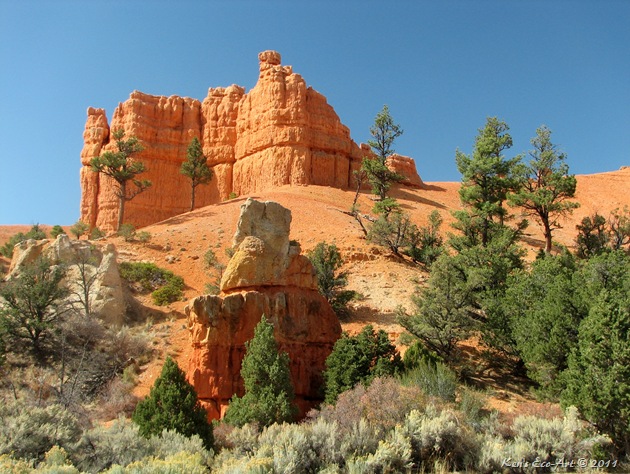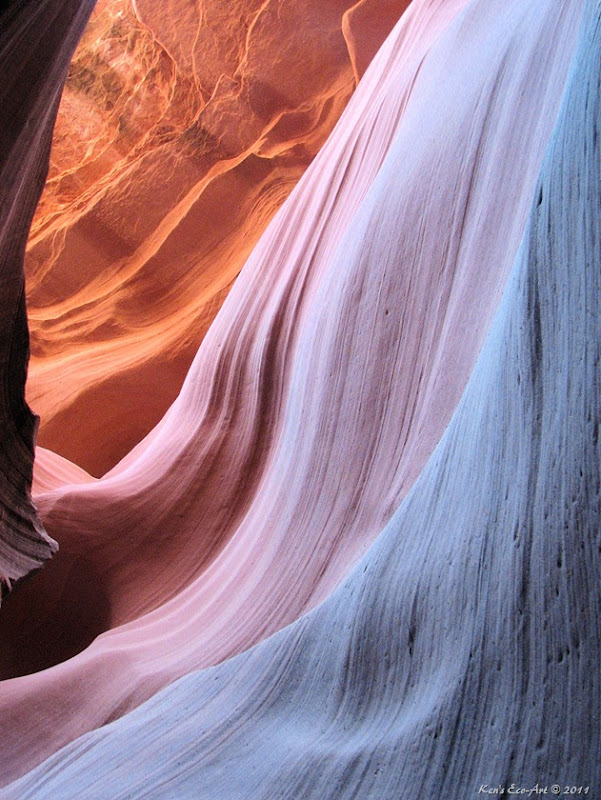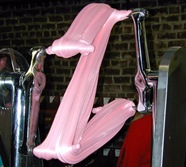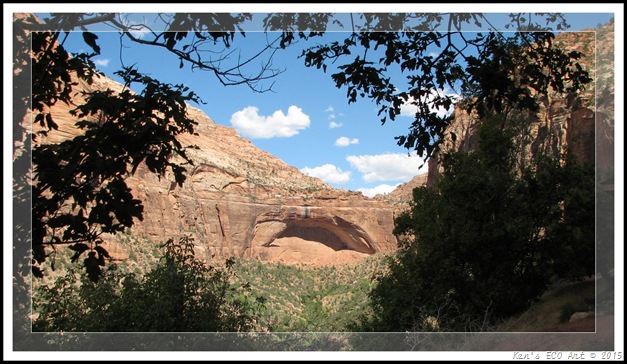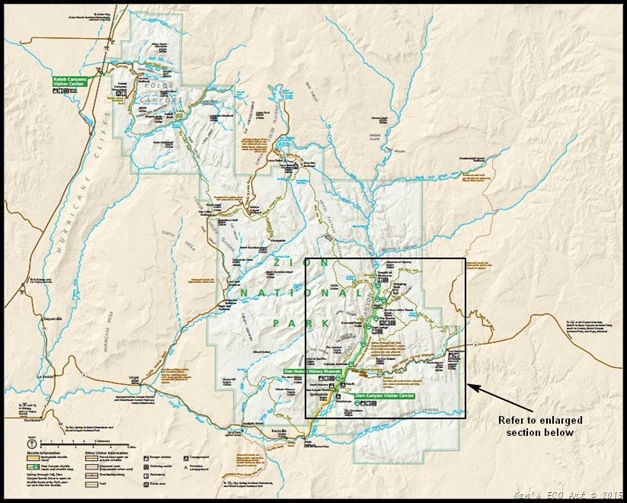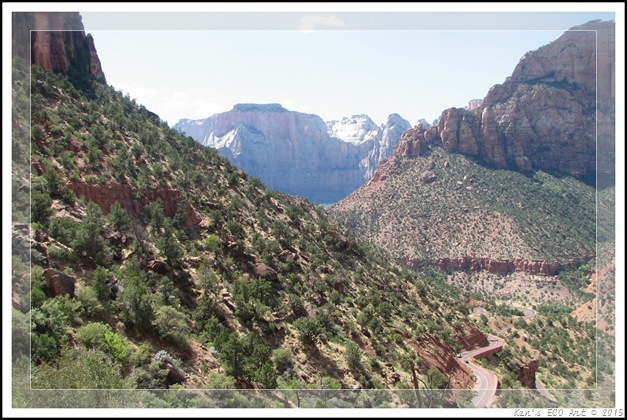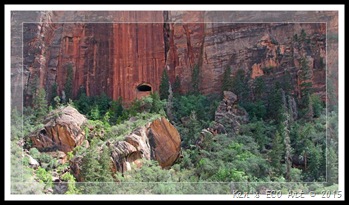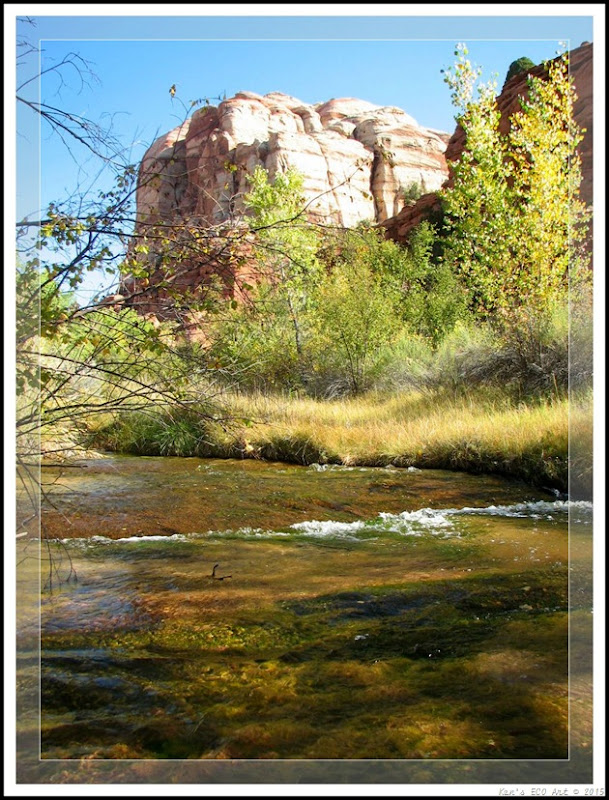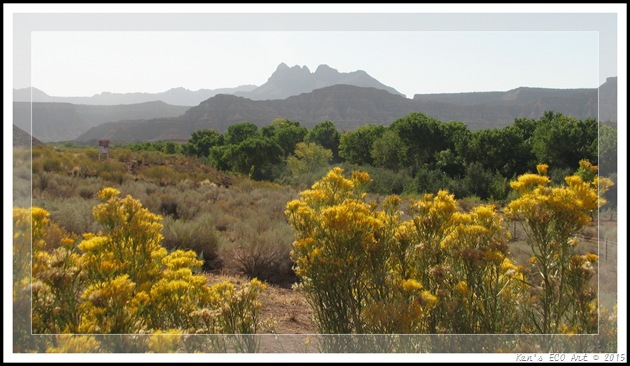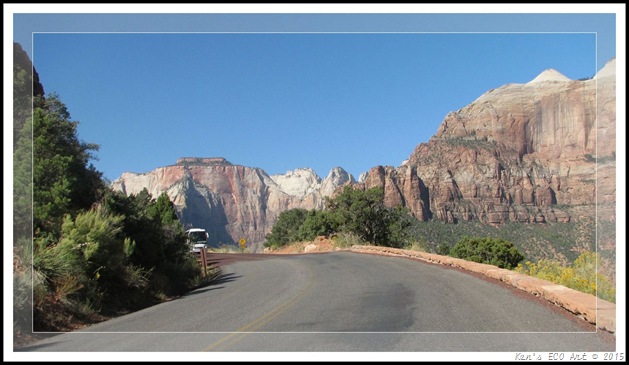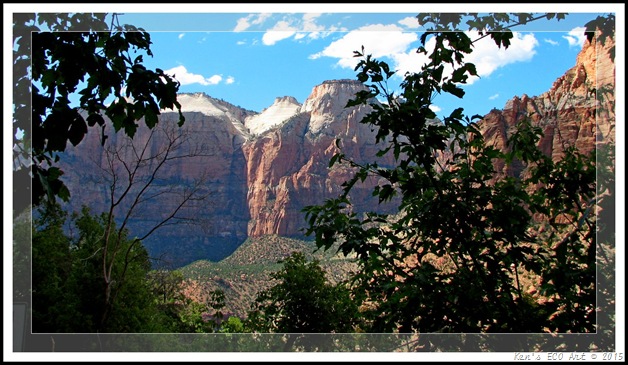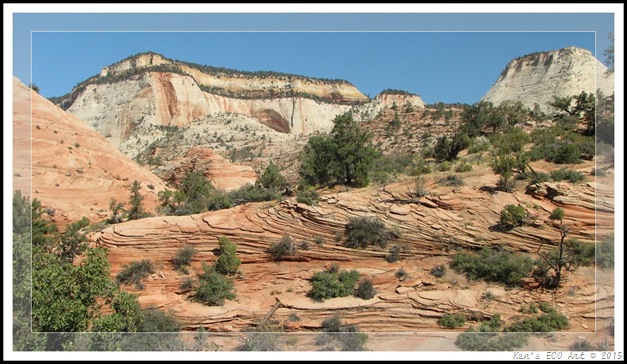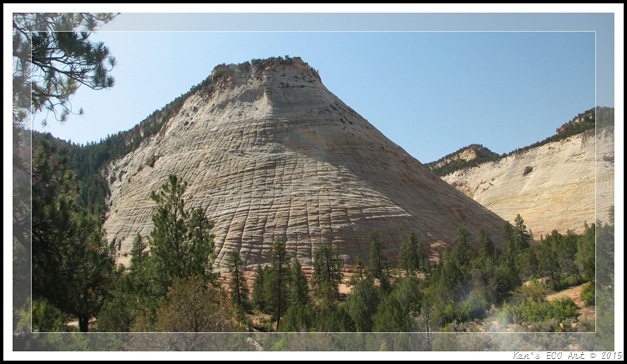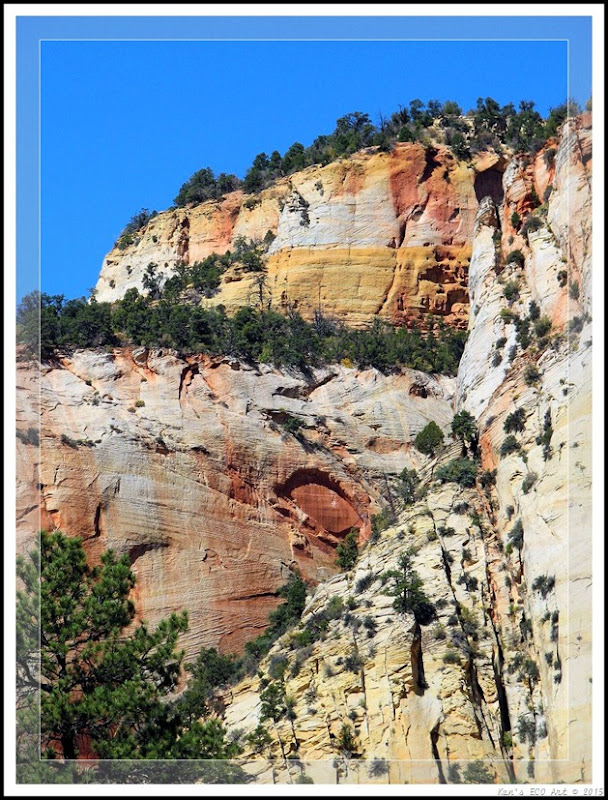I am always looking for some feature in a natural setting that resembles something familiar or reminds me of something. The section of ledge above, resembling a face is a prime example of what I mean. This picture is of a natural overhang that was captured while walking past one of the hundreds of cliff houses I found on a visit to Walnut Canyon National Park in October 2009. This natural cliff outcrop, worn by hundreds of years of natural erosion could only be seen at just the right angle. Hiking just below it, most people walked right on by and never noticed its natural beauty. Click here to view some of the cave dwellings located along the Island Trail
[Cave Dwellings].
Area Description: Walnut Canyon National Monument is easily reached from Flagstaff, being just 7 miles east along I-40 and another 3 miles south on a spur road starting at exit 204. During the 12th to 13th centuries, the local Sinagua Indians constructed cave-dwellings along the steep well-protected ledges, high above the canyon floor. Today, the appearance of the canyon and ruins is quite reminiscent of the more well known Mesa Verde National Park in Colorado, just on a smaller scale. At an elevation of nearly 7,000 feet, the 0.9 mile
Island Trail is a loop path that descends steeply (by 185 feet) via a series of 240 steps, that then circles an island carved by the river in the middle of the canyon. The trail passes alongside the remains of about 20 separate dwellings, a few of which are quite intact, including front walls with rectangular doorways. The trail also has good views of the cliffs opposite, which have other ruins clearly visible, since the reddish stones used by the Sinagua contrast well with the white striated limestone layers of the canyon.

